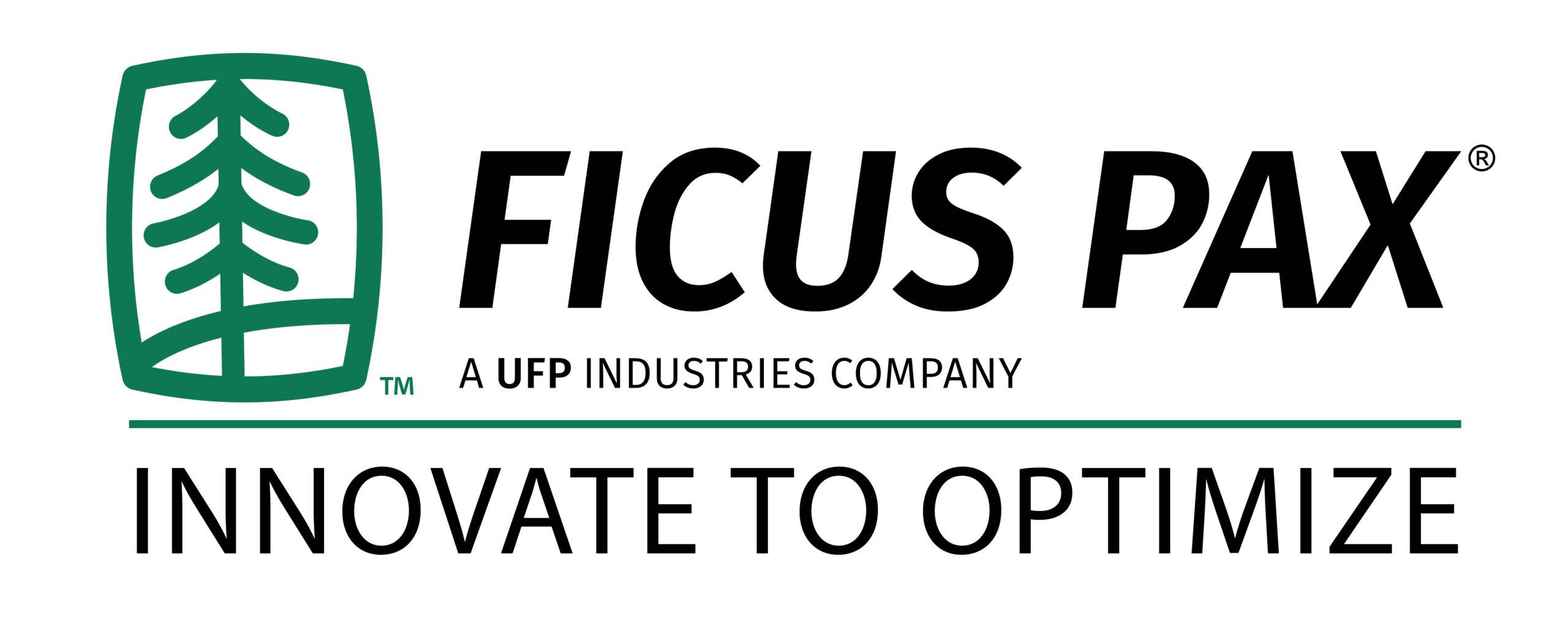How do your IBCs meet safety and regulatory requirements for transporting hazardous materials?
 Intermediate Bulk Containers (IBCs) are widely used in the transportation of hazardous materials due to their versatility, durability, and safety features. To meet safety and regulatory requirements, IBCs must be designed, tested, and certified to comply with national and international standards.
Intermediate Bulk Containers (IBCs) are widely used in the transportation of hazardous materials due to their versatility, durability, and safety features. To meet safety and regulatory requirements, IBCs must be designed, tested, and certified to comply with national and international standards.
Here are some of the ways IBCs meet safety and regulatory requirements for transporting hazardous materials:
- Material selection: IBCs are made of high-density polyethylene (HDPE), steel, or other materials that are resistant to chemical corrosion and are compatible with the hazardous materials being transported.
- Design: IBCs are designed to withstand impact, stacking, and internal pressure. They have features such as venting systems, pressure relief devices, and closures that prevent leaks and spills.
- Testing: IBCs are subjected to a series of rigorous tests to ensure they meet safety and performance standards. These tests include drop tests, vibration tests, hydrostatic pressure tests, and stacking tests.
- Certification: IBCs must be certified by regulatory bodies such as the United Nations (UN) and the International Maritime Organization (IMO) before they can be used for the transportation of hazardous materials. The certification process involves verifying that the IBCs meet all the required safety standards.
- Labelling and markings: IBCs must be properly labelled and marked with information such as the hazardous materials being transported, the UN certification number, and the gross weight. This information helps ensure that the IBCs are handled and transported safely.
- Training: Personnel involved in the handling and transportation of hazardous materials must be properly trained on the safe use of IBCs and the regulations governing their use.
- Inspection and maintenance: IBCs must be inspected and maintained regularly to ensure they remain in good condition and continue to meet safety and regulatory requirements. Any damaged or defective IBCs must be repaired or replaced promptly.
In summary, IBCs meet safety and regulatory requirements for transporting hazardous materials through material selection, design, testing, certification, labelling, training, inspection, and maintenance. Compliance with these requirements is essential to ensure the safe transportation of hazardous materials and protect the environment and public health.




Leave a Comment